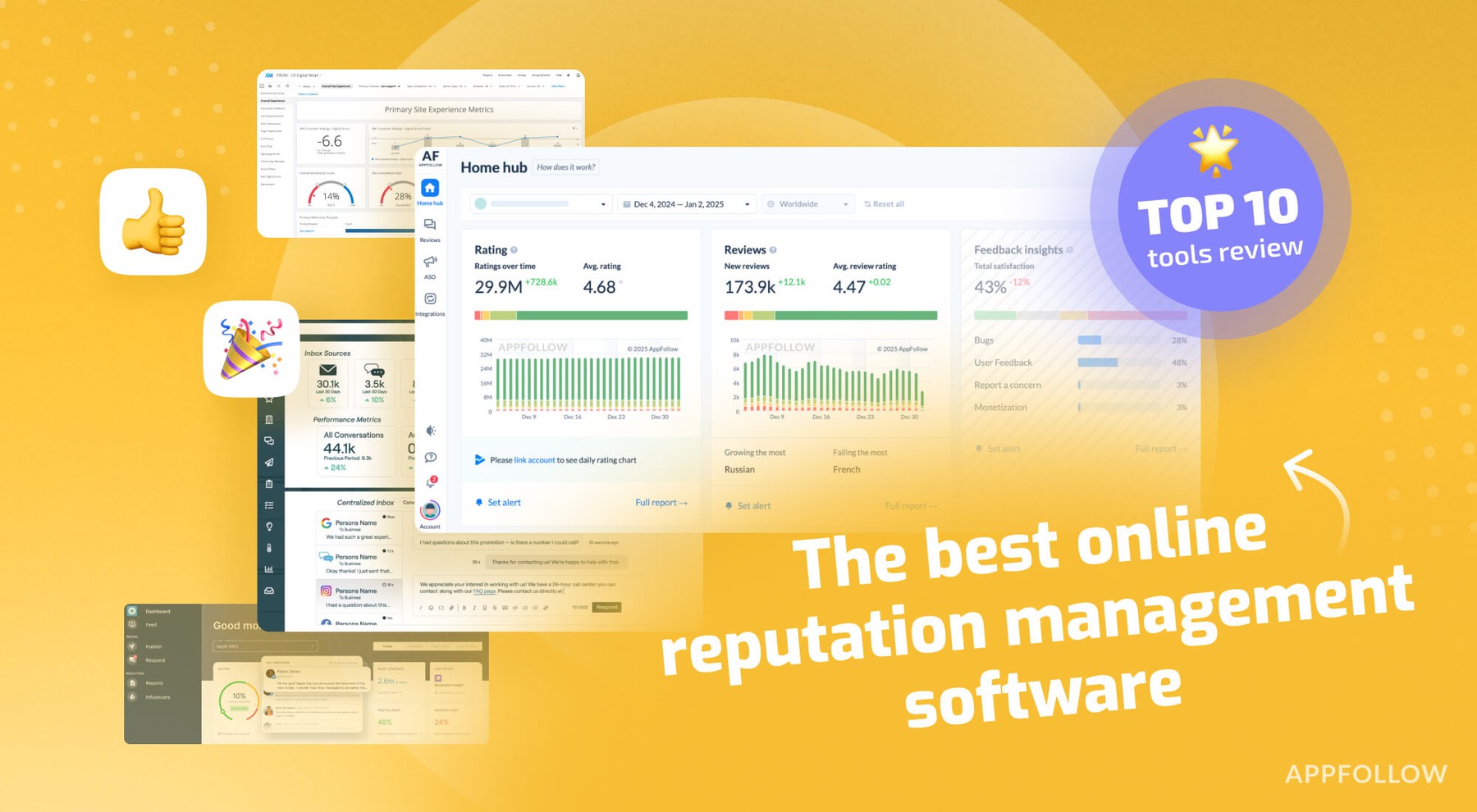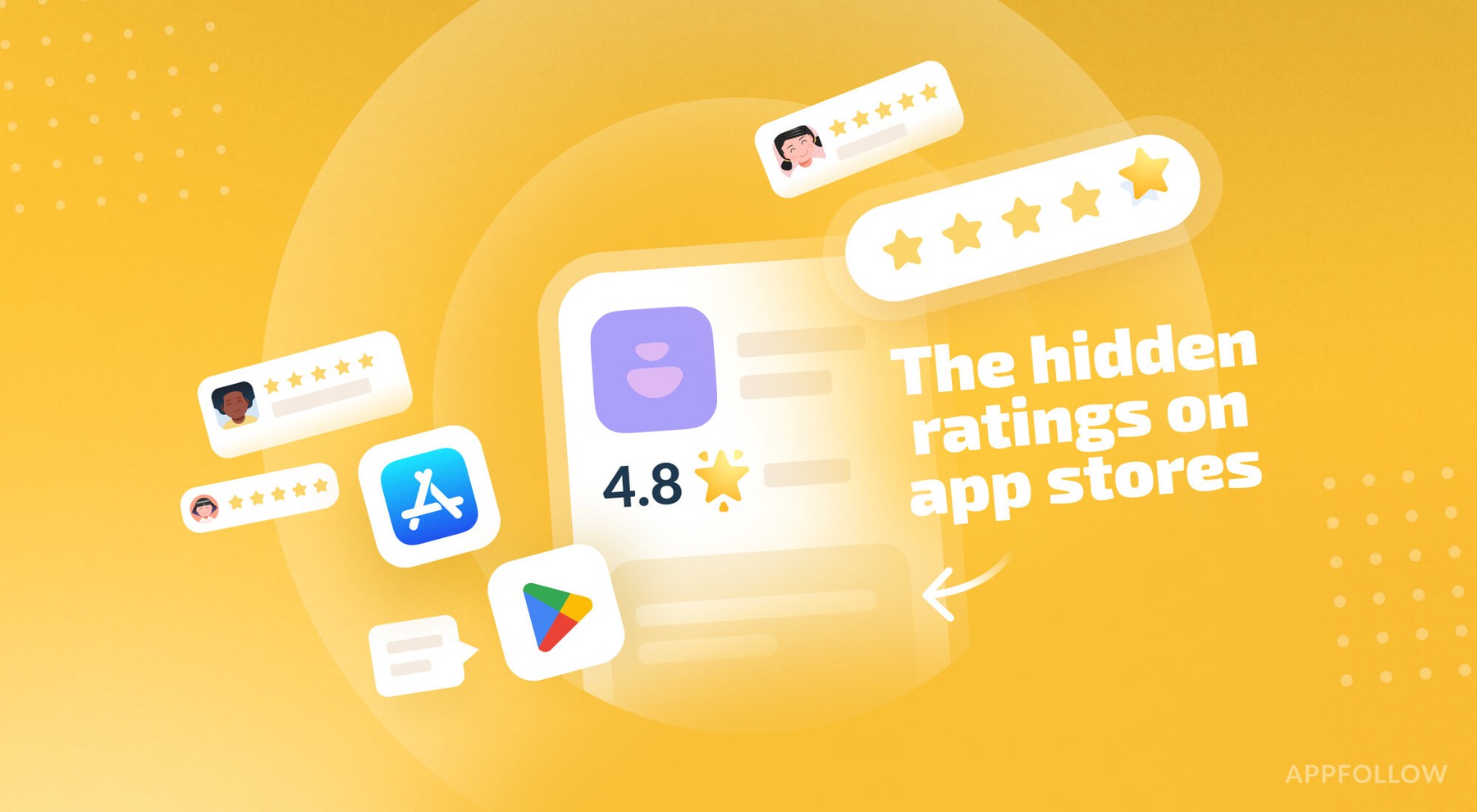Webinar recap: in-app advertising in 2025—still profitable?

Table of Content:
Dzianis Shalkou, Senior Professional Services Manager at Appfollow, attended as the moderator for the webinar "In-App Advertising in 2025: Is It Still a Profitable Venture?" hosted by SocialPeta.
Joined by industry experts from SocialPeta, Zorka Agency, Bidmachine, and Tactile Games, the panel explored the landscape of in-app advertising, addressing key challenges and emerging trends that will shape its future.
Due to the lower entry barrier and substantial revenue share, IAA remains a preferred choice for developers over IAP and paid subscriptions. Mobile app advertising monetization has become a high-stakes competition with rising costs. This raises a crucial question: In-App Advertising in 2025—Is It Still a Profitable Venture? This exclusive webinar brings together industry leaders for an in-depth discussion on IAA. Here’s what we’ve learned!
Evolution, not revolution
The dominant formats haven't changed dramatically. Rewarded video remains king in gaming, with interstitials following closely behind. For non-gaming apps, banners (particularly in-banner video) continue to dominate. Playable ads are gradually gaining traction across the board.
Rewarded ads maintain their dominance in casual games primarily because players willingly opt in to watch content in exchange for in-game rewards. This voluntary engagement makes these formats less intrusive and more effective than forced interstitials.
Data analysis shows video still dominates the creative landscape (about 4x the quantity of image ads), though its share decreased slightly in 2024. The most effective video length remains between 15-30 seconds across nearly all game genres.
The monetization landscape varies dramatically by region too:
- High-value markets (US, Western Europe, Japan): Higher CPMs due to greater user spending power and established ad ecosystems, but increasingly expensive user acquisition costs.
- Emerging markets (MENA, South Asia, Latin America): Lower CPMs but high impression volume. These regions offer quantity over quality with users more willing to interact with ads rather than make purchases, making ad monetization often more effective than IAP in these territories.
Hybrid monetization no longer optional
The days of choosing between IAP or ads are definitively over. Industry data shows 34% of gaming publishers are already making the move to hybrid models, and this trend is accelerating.
Major gaming studios exemplify this shift. Many publishers who previously avoided ads altogether now employ multiple ad formats alongside IAP. This diversification provides greater stability and allows developers to monetize both paying and non-paying user segments effectively.
The role of the monetization manager has fundamentally transformed as well. The traditional waterfall approach is practically gone, with everything shifting to auction-based systems. This means less time spent on managing ad networks and their CPMs, and more collaboration with product teams on placements, frequency, and ad types.
Despite the promise of auctions maximizing revenue, current CPMs are at a surprisingly low point. This reality is forcing monetization managers to seek more creative approaches to boost earnings beyond just relying on the auction technology.
AI is now a necessity
AI is no longer optional in the mobile ad space. It's being deployed in two key ways:
- Automating processes for ad quality control, fraud prevention, and analytics - particularly critical for publishers handling billions of ad requests.
- Creating smarter, predictive systems for better targeting and higher yields.
Data shows AI's growing impact on creative production, with 55% of ads being new creatives last year, an increase of two percentage points from the previous year. Some advertisers now use AI to generate up to 80% of their creative assets, dramatically improving production efficiency.
In the bidding space, AI algorithms now predict which demand partners will compete more aggressively for specific user profiles, helping maximize CPMs for high-value audiences.
Challenges
Privacy regulations and finding the right ad frequency balance remain persistent challenges, but panelists highlighted some less-discussed issues:
A growing transparency problem plagues the industry. Many in-app traffic sources have become virtual black boxes where actual performance metrics remain obscured. The data from supposedly premium in-app networks often shows no meaningful performance difference compared to affiliate traffic.
This has eliminated the clear distinctions that once existed between traffic sources. The solution is analyzing each source independently rather than applying universal metrics across channels, adopting a more skeptical approach when evaluating performance claims.
Predictions for 2025
Several concrete predictions emerged for the coming year:
- Increased reliance on AI
The integration of AI in advertising strategies will continue to grow, enhancing everything from creative production to predictive analytics.
- Hybrid monetization
The blend of in-app ads and purchases will solidify as the norm, allowing applications to maximize revenue across diverse user segments.
- Brand advertising
As brands start to recognize the potential of in-app advertising, additional budgets will likely be allocated towards gaming.
- Focus on zero-party data
Given the evolving privacy landscape, publishers will likely pursue zero-party data strategies.
Afterword
The future of in-app advertising in 2025 holds significant promise. The trends discussed during the panel, from hybrid monetization to AI integration, highlight the dynamic nature of the advertising ecosystem.
The key to success in 2025 will be rigorous data analysis combined with a healthy skepticism toward performance claims. See the full webinar for even more information and nuggets of wisdom.
https://www.youtube.com/watch?v=JbC8o7vG9wo&ab_channel=SocialPetaTechnology
This recap was created from the SocialPeta webinar on in-app advertising featuring industry experts from AppFollow, Zorka.Agency, SocialPeta, Bidmachine, and Tactile Games.
FAQ
Is in-app advertising still profitable compared to in-app purchases in 2025?
Yes, but the most successful approach now combines both IAA and IAP in hybrid models rather than choosing one strategy. This allows monetization of both paying and non-paying users. Different markets show varying results – Western markets have higher CPMs but greater IAP potential, while emerging markets often perform better with ad-focused strategies.
How is AI changing in-app advertising in 2025?
AI has become essential for in-app advertising by improving operational efficiency (ad quality control, fraud prevention) and enabling smarter optimization through predictive targeting. AI tools now generate up to 80% of ad creative assets for some advertisers, allowing for rapid testing. Publishers using AI for ad placement optimization see improved user retention alongside revenue gains.
What are the biggest challenges facing in-app advertising in 2025?
Declining transparency in traffic quality, ongoing privacy regulation impacts, and lower-than-expected CPMs despite auction-based systems. Traffic sources have become "black boxes" with difficult-to-verify performance data. This requires more skeptical, data-driven evaluation. Privacy restrictions have also limited targeting capabilities, pushing the industry toward contextual solutions.







